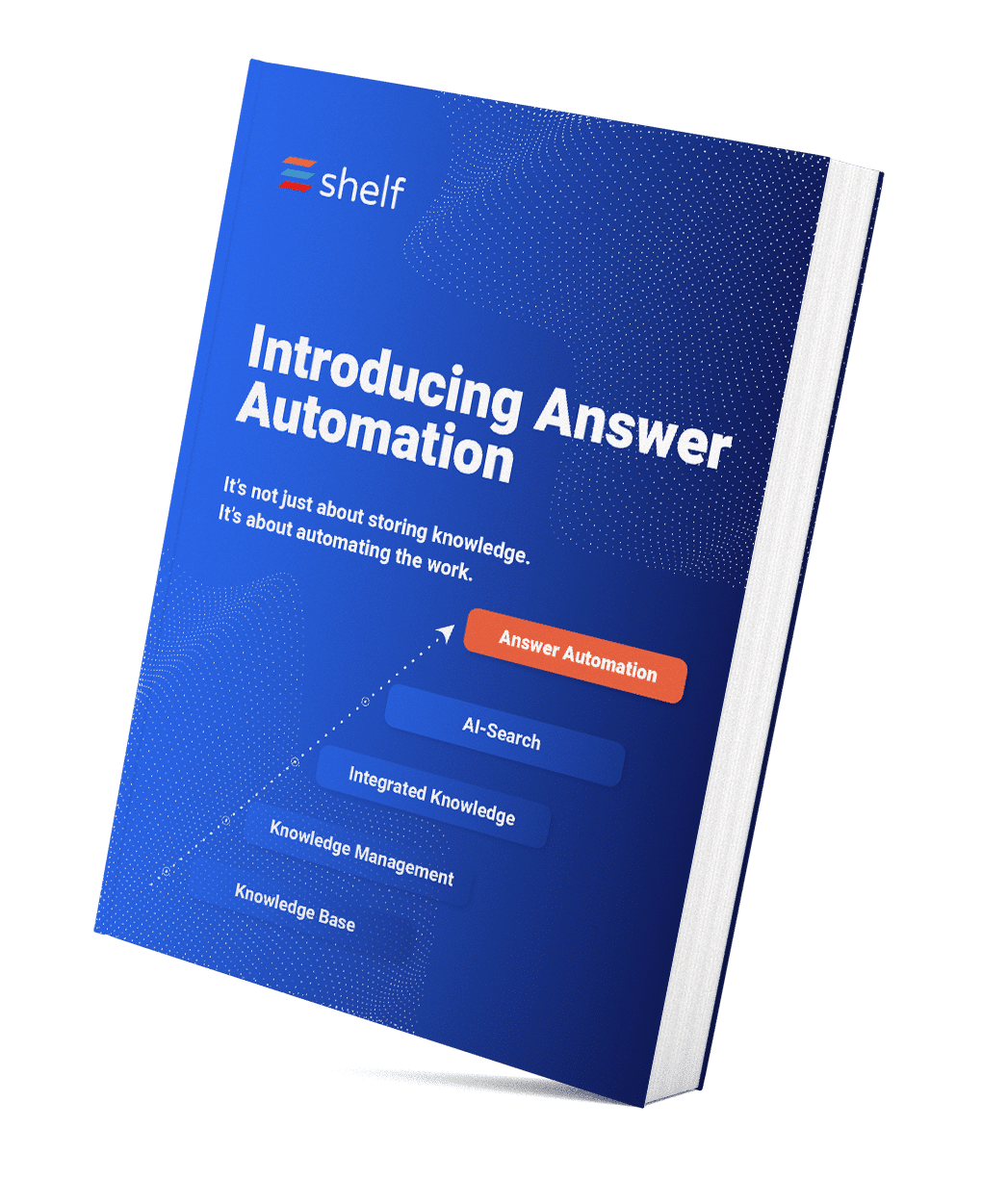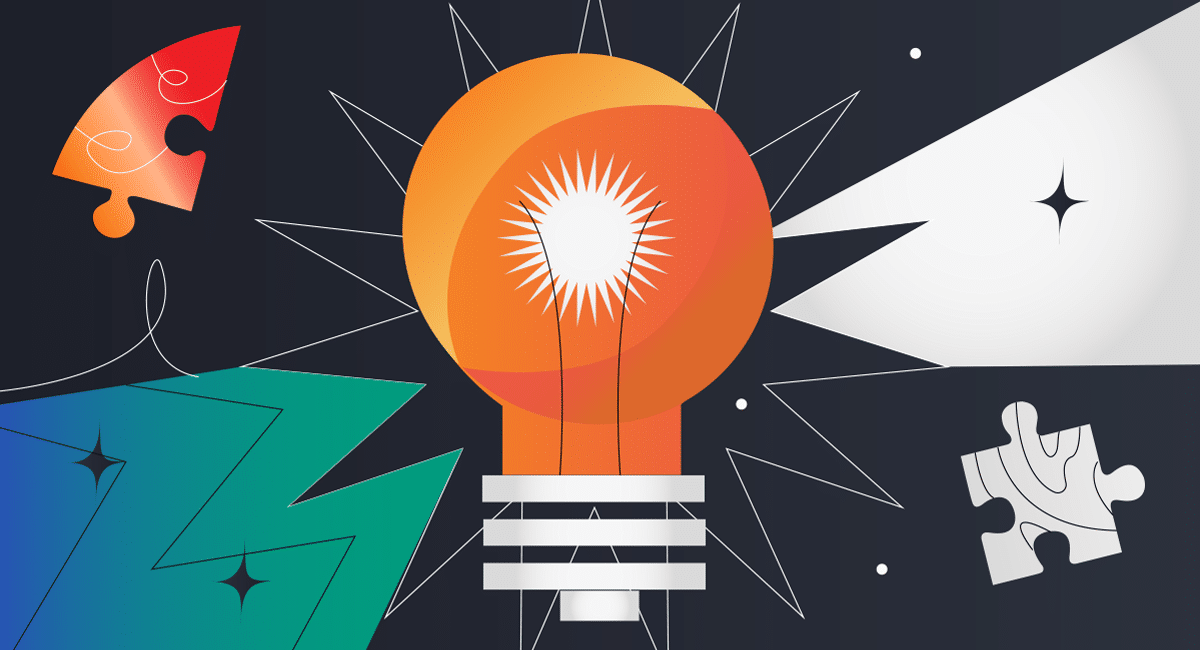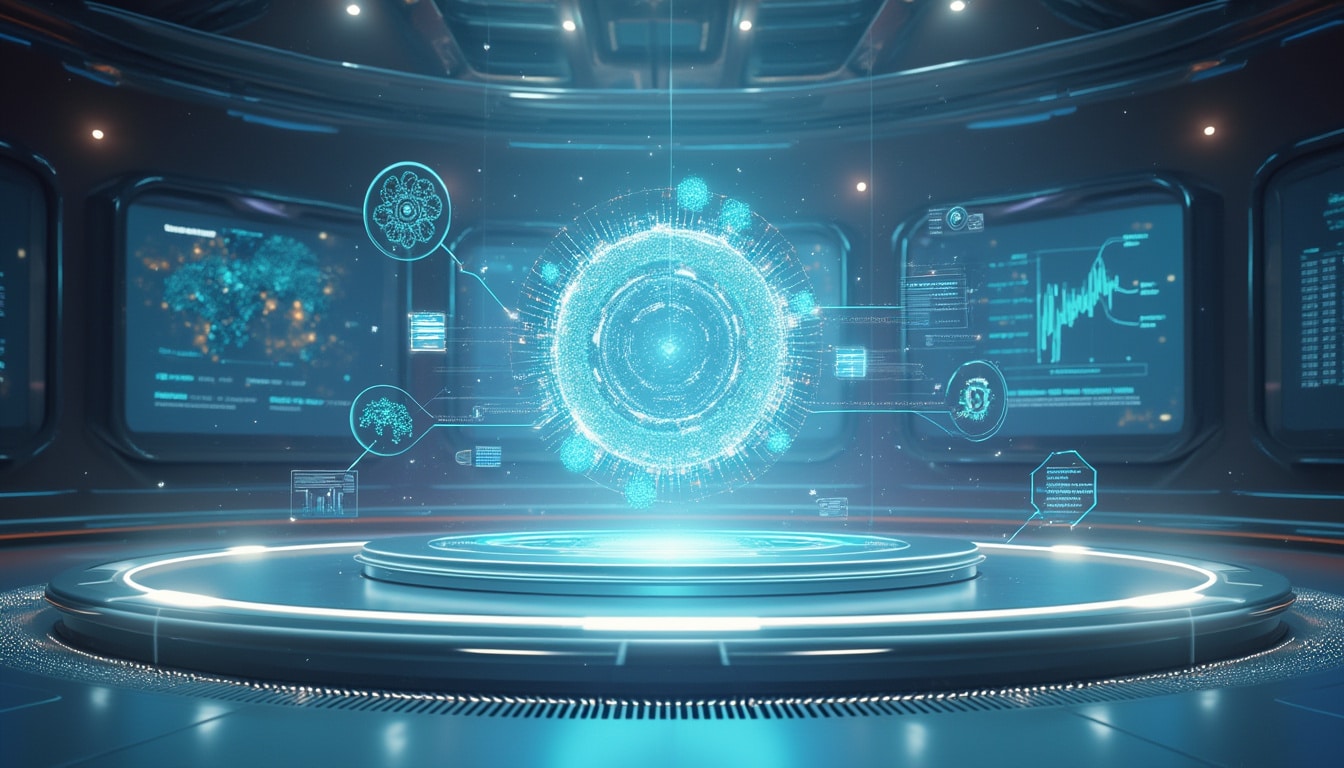Still getting used to leading a modern customer service team, a largely distributed workforce, adjusting to the ‘new normal’? Chances are your customer service team is too; most agents can’t just tap a coworker on the shoulder like they used to whenever a customer has a question. You need some new, innovative customer service ideas.
Many CS managers still struggle with agent efficiency because many agents now work from home, with their own working preferences, and companies are slow to support agents in this post-pandemic work environment.
So what can you do, how can you bring innovation to your team to solve this efficiency problem? After all, customers still expect fast answers and great support—no matter what tools you have at your disposal.
Don’t worry, in this post we’ll outline 5 innovative customer service technologies, built for the future, that you can work to implement this year.
1. Implement Agent Assist technology
Turning new hires into functioning, highly-productive members of an organization is daunting—and doing it all remotely has reached a whole new level of difficulty for everyone.
As a manager, you have a laundry list of other responsibilities, training being one of them. New hires are isolated and stressed out, relying on keyword cheat sheets for faster content searches. You need a better solution, a modern solution that doesn’t rely on cheat sheets or outdated memorization techniques.
Agent Assist technology alleviates the burdens of training and onboarding by putting the best answer recommendation (from your company’s knowledge management system) at an agent’s fingertips.
Agent Assist is a time saver for training teams too, because agents can be effective in days instead of weeks, delivering great answers in seconds instead of minutes.
2. Set up guided workflows to handle complex customer inquiries
Have a complicated troubleshooting process that takes your support agents a lot of time to work through? Consider creating a guided workflow that will automatically suggest the next action to take for any complicated step-by-step process. It’s worth checking with your knowledge administrator or a few technology vendors to see if you have this feature already.

Check out our post on Decision Trees 101 to learn more about how your knowledge team can help create these guided experiences from the static documents you already have. Why force agents to always remember the ‘next question to ask’ if they don’t have to?
3. Use customer intent data from your IVR to recommend answers
Even if your IVR can already segment incoming calls and forward these callers to specific departments—reps still usually need to search for information. Many customers don’t use customer intent data at all when the IVR is configured, so customers must repeat themselves once they connect with an agent…not a good experience.
If you use a modern knowledge management platform like Shelf, surfacing the best answer for customers becomes an easy 3-step process.
- The IVR system passes in caller intent data to the KM platform
- The KM platform takes this intent data and uses AI to generate the best possible recommendations
- The KM platform surfaces these recommendations to agents when the call connects
Instead of asking customers to repeat themselves, agents will have a set of relevant knowledge in front of them before they have a chance to say “Hello, how may I help you?”
If you actually use customer data, you can handle more volume without adding more agents—an obvious ROI for this IVR optimization.
4. Automate content maintenance tasks for managers and admins
As a manager, somehow you must carve out a few hours each week to manage knowledge and update resources; as if hiring, training, call escalations, or team training isn’t enough!
Another great innovation—automated content maintenance— helps to eliminate those cumbersome knowledge audits, and can save managers and supervisors at least 6-10 hours of valuable time each month.
With the right KM solution, you can also use AI to generate insights into how your agents (or customers) interact with content; instead of relying on feedback, AI can let you know what content is missing or what needs to be updated.
You should focus your energy on key initiatives that actually require your time—and automate the monotonous number crunching.
5. Power chatbots and self service channels with AI-powered knowledge
Since most customers would rather fill out a form, or even interact with a bot to avoid a customer service interaction—you need a smart way to power these recommendations. It’s not that everyone is antisocial, some answers are easy to find without help.
As their search habits become even more complex, it’s vital to arm your FAQs and chatbots with an AI-enabled knowledge backbone. The exciting part is that now you can easily do this without hiring an additional department to reconstruct your existing chatbot and website.
New breakthroughs in knowledge automation make it possible to connect your self-service channels to your entire library of content, including any content type that serves the needs of your business; chatbots and Contact Us forms become SMART.
Based on customer behavior, AI automatically recommends relevant content that otherwise your customers were unable to locate manually. By surfacing the right information to your clients not only you deflect up to 20% of inbound interactions but also power relevant answers on the spot, providing a much better customer experience.
Take the first step to prepare your customer service team for the future
Most companies manage 3x as much data as they did 5 years ago…that’s a lot of data. You need innovative technology to actually use this data to help your team; most customer data collected goes unused, simply because companies don’t know where to start or have been putting off data-related initiatives.
In customer service specifically, you can’t take advantage of all this new technology without a strong knowledge infrastructure your customer service team trusts. To explore the ROI and impact a modern knowledge solution can have on your support team, check out this webinar on the topic or contact us to learn more.
This post was originally published on Nov. 5th, 2020 and updated on May 6th, 2022 to reflect industry best practices.
Read this Next
Ready to Generate Answers Automatically for Your Agents?
In this guide, dive deeper into the technology behind automatically surfacing answers to agents who interact with customers—no more manual searching!





